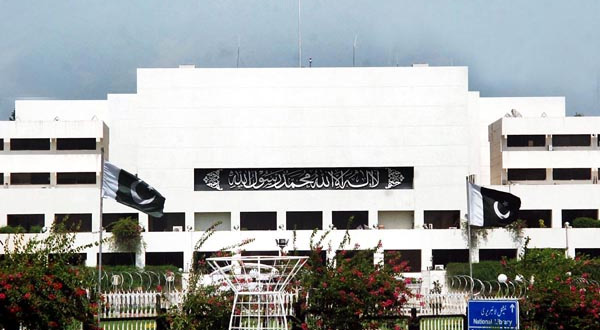United States Geological Survey (USGS) on Monday reported that the 7.5-magnitude earthquake has rattled at least 156 cities in South Asian region with epicenter in Fayzabad, Afghanistan.
The tremors have jolted cities of Pakistan, Afghanistan and some parts of India.
‘The Oct 26, 2015 magnitude 7.5 earthquake near the Hindu Kush region of Afghanistan (SW of Jarm) occurred as the result of reverse faulting at intermediate depths, around 210 km below the Hindu Kush Range in northeastern Afghanistan,’ reported the survey.
It says focal mechanisms indicate rupture occurred on either a near-vertical reverse fault or a shallowly dipping thrust fault. At the latitude of the earthquake, the India subcontinent moves northward and collides with Eurasia at a velocity of about 37 mm/yr.
‘Active faults and their resultant earthquakes in northern Pakistan and adjacent parts of India and Afghanistan are the direct result of the convergence between the India and Eurasia plates. This collision is causes uplift that produces the highest mountain peaks in the world including the Himalayan, the Karakoram, the Pamir and the Hindu Kush ranges,’ it reported.
The USGS said earthquakes such as this event, with focal depths between 70 and 300 km, are commonly termed intermediate-depth earthquakes. Intermediate-depth earthquakes represent deformation within subducted lithosphere rather than at the shallow plate interfaces between subducting and overriding tectonic plates. They typically cause less damage on the ground surface above their foci than is the case with similar magnitude shallow-focus earthquakes, but large intermediate-depth earthquakes may be felt at great distance from their epicenters. ‘Deep-focus’ earthquakes, those with focal depths greater than 300 km, also occur beneath northeastern part of Afghanistan. Earthquakes have been reliably located to depths of just over 300 km in this region.
Seven other M 7 or greater earthquakes have occurred within 250 km of this event over the preceding century, the most recent being a M 7.4 earthquake in March 2002 just 20 km to the west of the October 26, 2015 event, and with a similar depth and thrust fault orientation. The 2002 event caused over 150 fatalities and the damage or destruction of over 400 houses in relation to an associated landslide.





